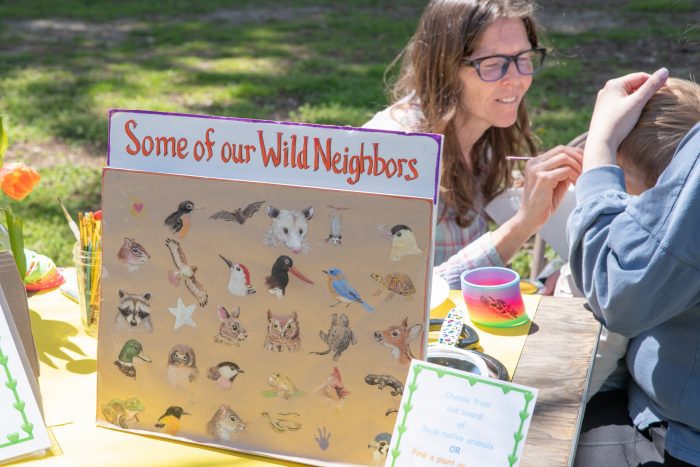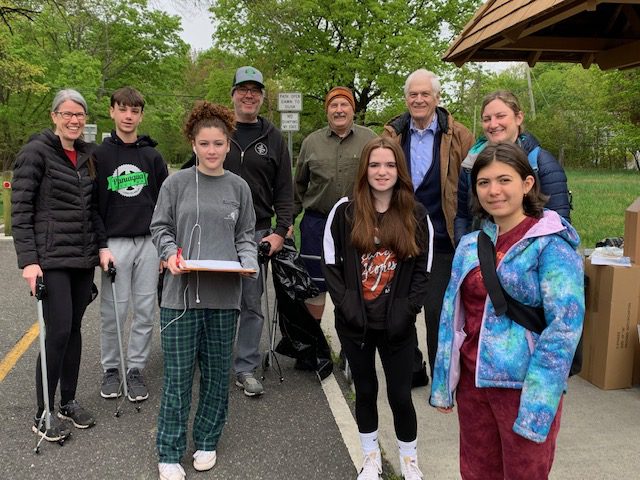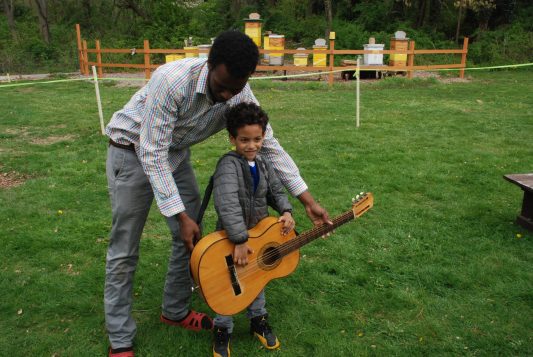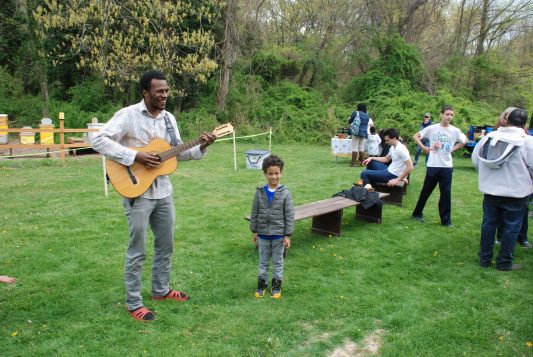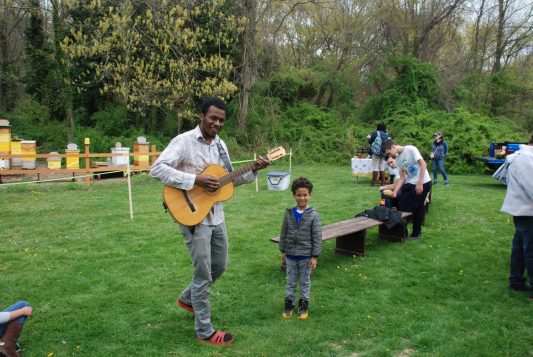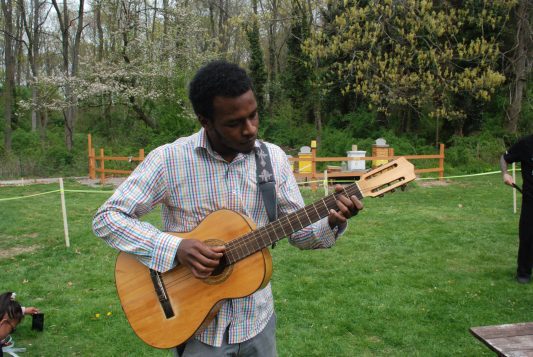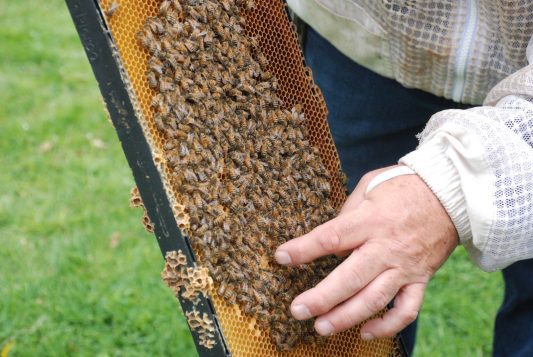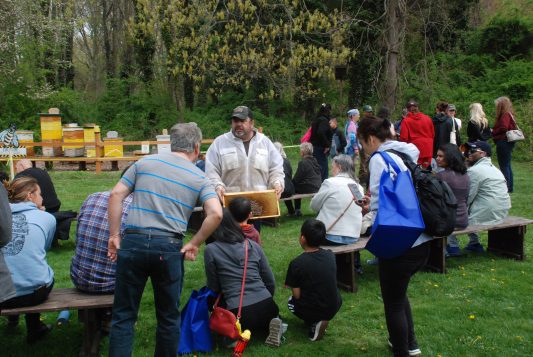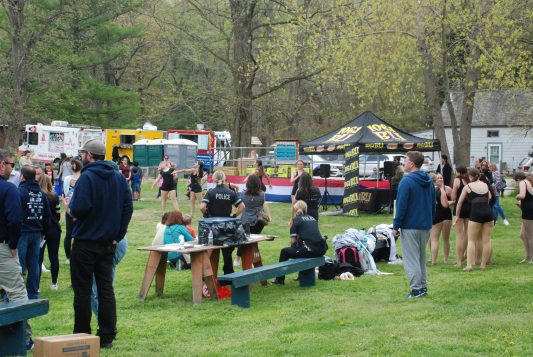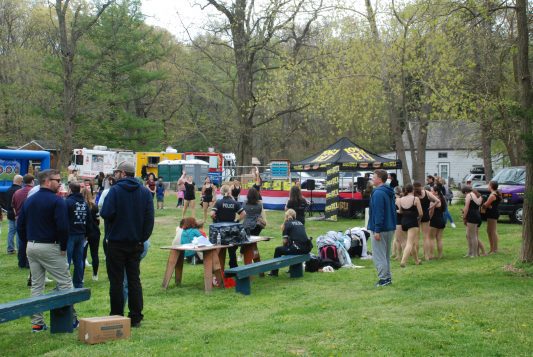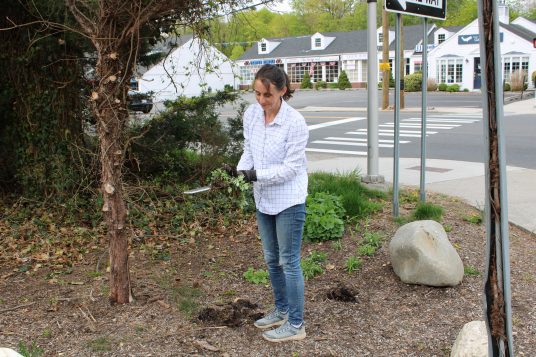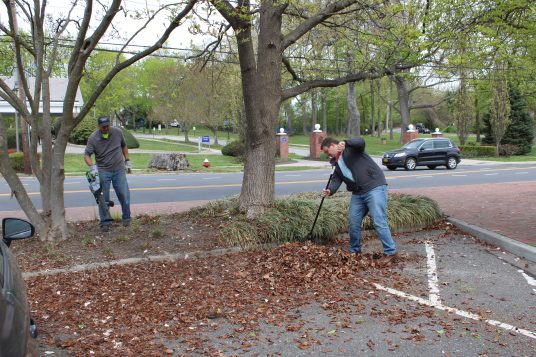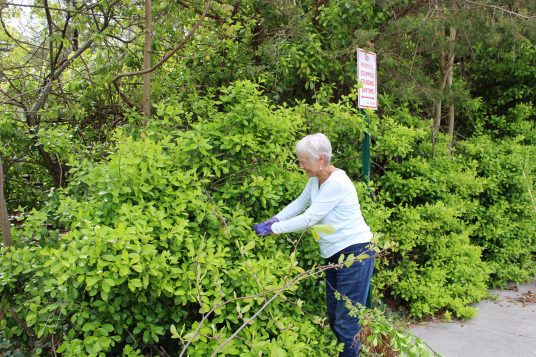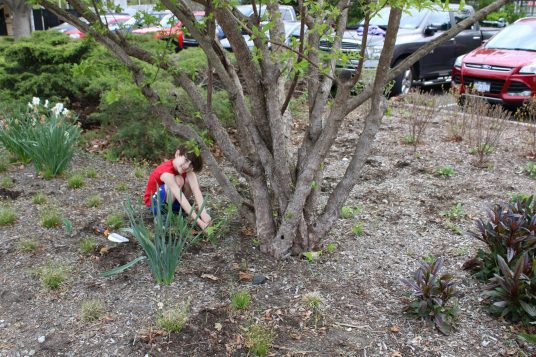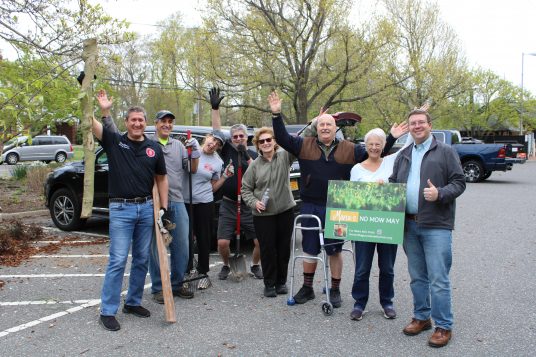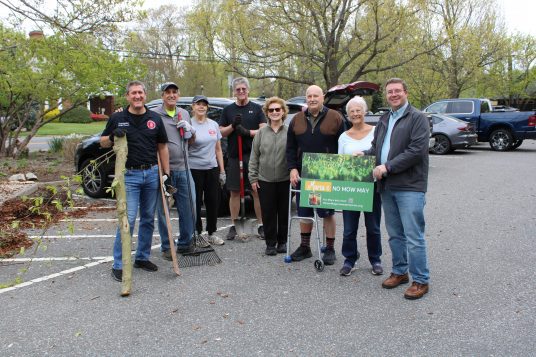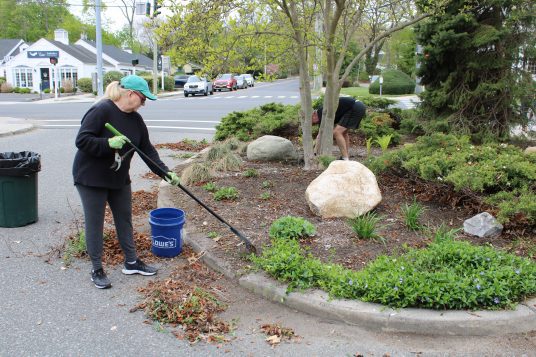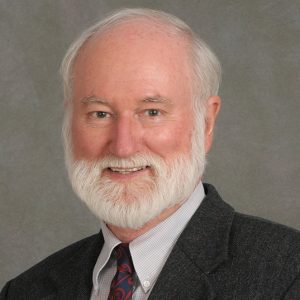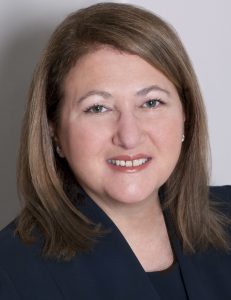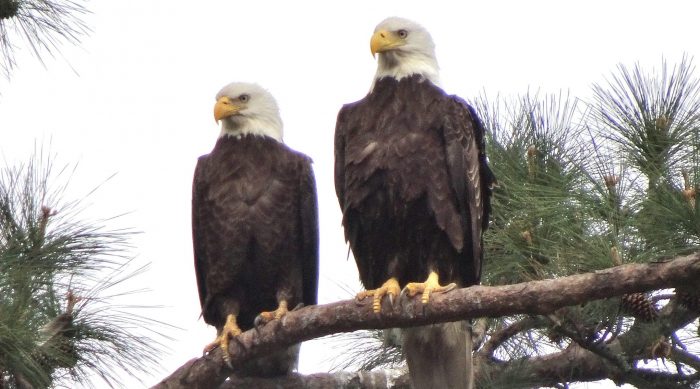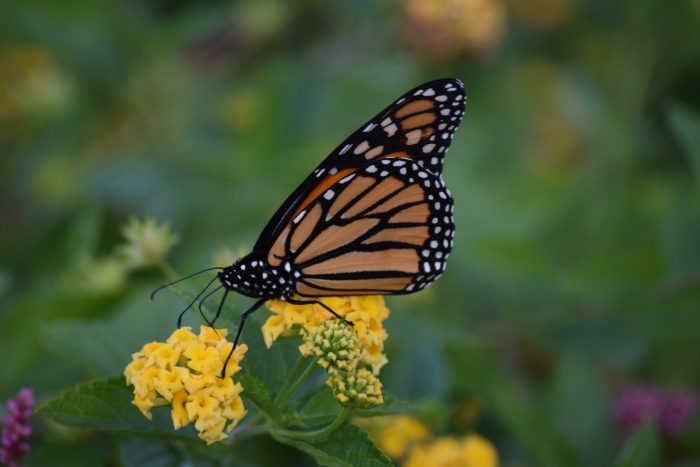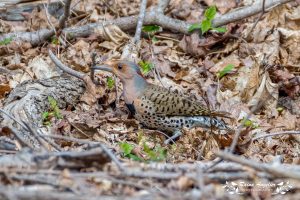By Heidi Sutton
Whether you choose to participate in a park cleanup, nature walk or a fun festival, there are plenty of ways to show your love for the planet for Earth Day.
Centerport
Earth Day Celebration
Join the Suffolk County Vanderbilt Museum, 180 Little Neck Road, Centerport for an Earth Day Celebration on Monday, April 22. Enjoy special guided tours, hikes, crafts, and activities appropriate for all ages – all free with general admission. Advance registration is required to participate in a free guided hike or tour. To register, visit www.vanderbiltmuseum.org.
Cold Spring Harbor
Water Warriors
The Whaling Museum, 301 Main St., Cold Spring Harbor presents a kids program, Water Warriors on Thursday, April 25 at noon and again at 2 p.m. In Honor of Earth Day, join the fight against ocean pollution! Explore the dangerous side effects of water run-off through a hands-on, educator-led watershed model activity. Then, bring the water cycle to life as you construct your very own terrarium to grow plants at home. Admission + $10 participant, $5 Members. No registration needed. 631-367-3418
Huntington
Family Fun Earth Day Celebration
Town of Huntington hosts a family-friendly Earth Day celebration at Manor Farm Park, 210 Manor Road, Huntington on Sunday, April 21 from 10 a.m. to 2 p.m. Attendees can enjoy a marine touch tank; a farm animals exhibit; composting, beekeeping, and English ivy removal demonstrations; face painting, story time, and arts & crafts booths for kids to enjoy; and more. 631-351-3177.
Port Jefferson Station
Train Car Park Cleanup
The Port Jefferson Station-Terryville Chamber of Commerce will hold an Earth Day Community & Train Car Park Cleanup at the corner of Route 112 and Nesconset Highway, Port Jefferson Station on Saturday, April 20 from 10 a.m. to noon. along with a free bike inspection and tree sapling giveaway. Lend a helping hand to beautify the park. Community service hours given. 631-821-1313.
Ronkonkoma
Bird Walk and Trash Cleanup
Join the Four Harbors Audubon Society for a Bird Walk and Trash Cleanup at Lily Pond County Park, Smithtown Blvd., Lake Ronkonkoma on Monday, April 22 at 8 a.m. in celebration of Earth Day and in memory of Diane Spitz, who spent many years as unofficial caretaker of the Park. Please bring gloves and bags. Email [email protected] to register.
St. James
Earth Day at Celebrate Park
Celebrate St. James presents a free Kids Community Earth Day Event at Celebrate Park on Lake Ave. in St. James on Saturday, April 20 from 11 a.m. to 1 p.m. featuring a garden tour with Paul LI Landscaping, animals from Sweetbriar Nature Center, crafts, henna art, storytelling, plant sale, live music and more. To register, visit www.celebratestjames.org.
Setauket
Community Beach Clean-Up
Gallery North in Setauket hosts a Community Beach Clean-Up, on April 27 and April 28. The Beach Clean-Up will take place at two locations – Flax Pond Tidal Wetland Area (15 Shore Drive, Old Field) on Saturday, April 27 and Smith Point Beach (1 William Floyd Parkway, Shirley) on Sunday, April 28. Each Clean-Up will be conducted in two shifts starting at 9 am and 10:30 am each day. The Clean-Up will be free and open to the public and will be a rain or shine event. Pre-registration is encouraged by clicking here. All ages are welcome. Please dress appropriately. 631-751-2676
Shoreham
Metal for Tesla
Tesla Science Center at Wardenclyffe, 5 Randall Road, Shoreham hosts a Metal for Tesla event on Saturday, April 20 from 8:30 a.m. to 3:30 p.m. Recycle your scrap metal and contribute to the preservation of the planet and a historical treasure: Wardenclyffe, the site of Nikola last remaining laboratory. On this special day, every ounce of metal you recycle supports our mission to develop the site into a transformative global science center. 631-886-2632
Smithtown
Earth Day at Sweetbriar
Sweetbriar Nature Center, 62 Eckernkamp Drive, Smithtown invites the community to an Earth Day is Every Day celebration on Sunday, April 21 from 1 to 3 p.m. Celebrate the wonders of the natural world and living things that share the planet with us. Children will meet resident animals, enjoy the natural world through their senses, and go on a scavenger hunt to find out some of the things they can do to help the natural world. Come away with a craft to help reduce your impact on the Earth. Best for families with children over 4 years old. $15 per child, $5 per adults. To register, visit www.sweetbriarnc.org. For more info, call 631-979-6344.
Stony Brook
Earthstock Festival at SBU
The signature Earthstock Festival returns to Stony Brook University’s West campus, 100 Nicolls Road, Stony Brook on Friday, April 19 from 11 a.m. to 3 p.m. with vendors, presenters and tables from various departments on the SAC Plaza, with the Green Pledge and other speakers taking the main stage at the Mall fountain at noon. Student performances will be held on a second stage by the SAC at 11:30 a.m. The annual Duck Race will take place at 2 p.m. Free and open to all. Visit www.stonybrook.edu/earthstock.
Train Station Beautification Project
The Three Village Community Trust invites the community to join them in The Stony Brook Train Station Beautification Project on Saturday, April 27 from 9 a.m. to 11 a.m. for Earth Day. The group will be weeding, clearing fallen branches, removing litter, de-vining trees, and other tasks to beautify the Station.
Bring your gloves, garden tools, and energy to this very special morning that will bring the community together in transforming this historic train station! Stay a few minutes, or a few hours and enjoy refreshments music and more. For more information, call 631-942-4558
Yaphank
Earth Day Celebration
Suffolk County Farm, 350 Yaphank Road, Yaphank hosts an Earth Day Celebration event on Saturday, April 27 from 9 a.m. to 2 p.m. with a Master Gardener Plant Sale (8 a.m. to 3 p.m.), family fun, eco-friendly demonstrations, pollinator treasure hunt, face painting, rain barrel demonstration and wagon rides (fee). Free admission to the event. 631-852-4600

